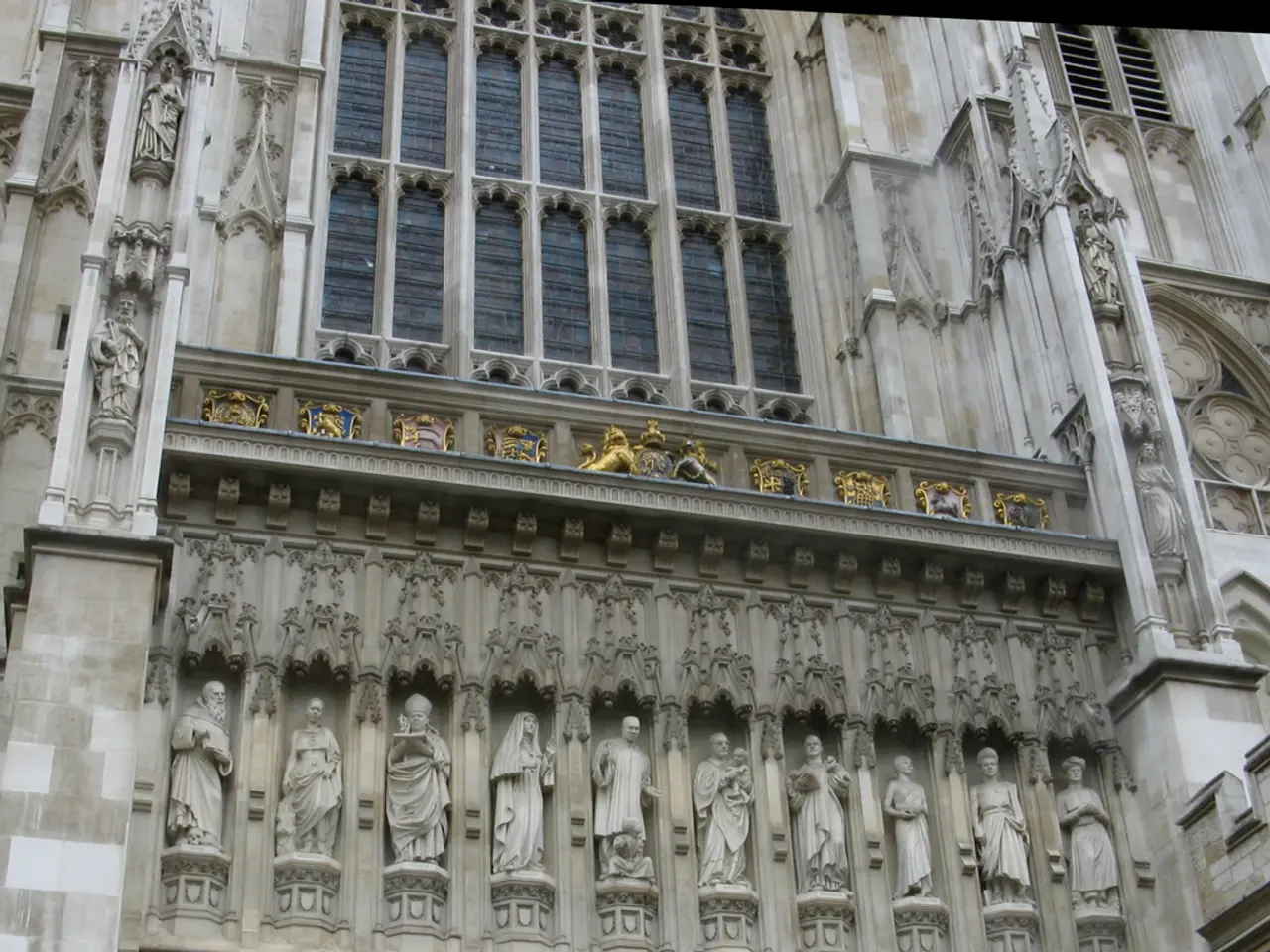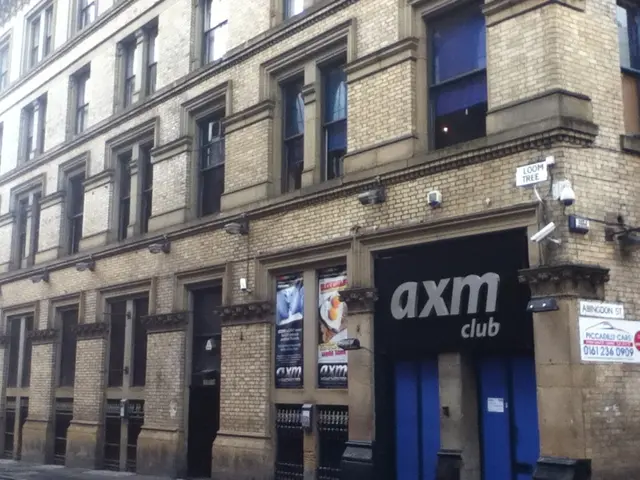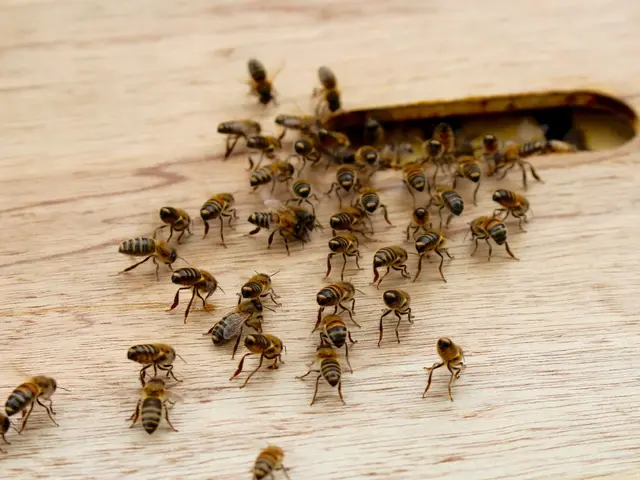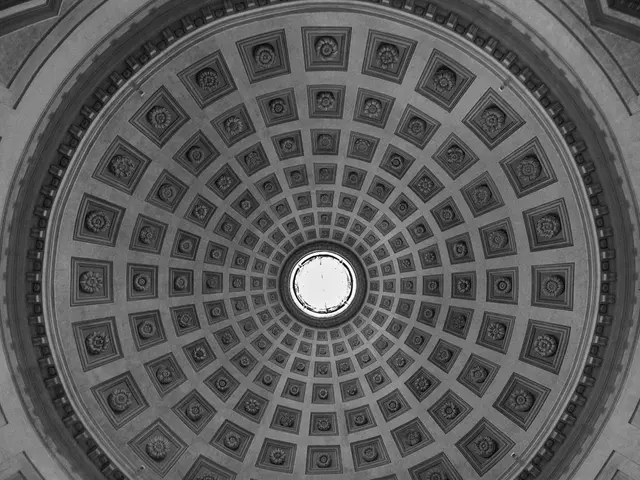Transforming Clay Artistry through Slab Techniques in Ceramics
Slab building, a fundamental technique in ceramics, offers artists and potters a versatile canvas for creating intricate and visually stunning pieces. From functional ware to sculptural art, slab construction allows for a high degree of control over size and form, making it a popular choice among ceramic enthusiasts.
In this article, we delve into some advanced techniques for decorating and texturing ceramic slabs, each offering unique surface effects and possibilities for artistic expression.
Slip Casting and Slip Layering
Slip casting involves pouring liquid clay (slip) into plaster molds, allowing for complex, detailed surface designs and varied textures on slabs. By layering slip, artists can create dimensionality and relief on their slabs. This technique is particularly suitable for producing intricate, detailed pieces with a high degree of precision.
Digital and Inkjet Printing
High-resolution digital printing enables the direct application of intricate patterns, realistic textures, and vibrant colors onto slab surfaces. This modern method offers customization and reduced production time compared to traditional techniques, making it a popular choice for both artists and industrial producers.
Texturing Tools and Ribs
Surface texture can be added by impressing or carving tools like ribs, rollers, stamps, or carved texture mats into the leather-hard or soft slab. This technique creates repeating patterns or organic textures, adding depth and visual interest to the finished piece.
Layering with Color and Imagery
Advanced techniques involve layering underglazes, slips, or oxides on slabs before firing to build complex visual and tactile surfaces. Combining this with imagery transfers or sgraffito (scratching through surface layers) adds depth and detail, creating visually rich and tactile slab surfaces.
Porcelain Slab Building and Finishing
For advanced slab ceramics, especially with porcelain, handbuilding techniques include manipulating slabs to create sculptural forms with controlled surface finishes and unique textures derived from polishing, staining, or partial glazing. These methods offer artists a wide range of possibilities for creating intricate, visually stunning, and functional pieces.
These advanced approaches often combine multiple steps—such as layering slips, carving textures, and digital printing—to achieve highly detailed, tactile, and visually rich slab surfaces in ceramics.
In summary, these techniques allow artists and industrial producers to create slabs with intricate, rich surface design and textural complexity suited to both functional and artistic ceramics. With practice, patience, and a willingness to experiment, the possibilities for slab construction are virtually limitless.
| Technique | Description | Surface Effect | |----------------------------|------------------------------------------------|----------------------------------| | Slip casting & slip layering | Pouring liquid clay, layering slip for texture | Complex relief, dimensionality | | Digital & inkjet printing | High-res inkjet patterns and photos | Precise, realistic textures | | Texturing tools (ribs, stamps) | Impressing/carving patterns in clay | Patterned or organic textures | | Layering color & imagery | Underglaze/oxide layering, sgraffito | Multilayered visual depth | | Porcelain slab finishing | Polishing, staining, sculpting porcelain slabs | Unique finishes and refined textures |
[1] Slip Casting and Slip Decoration
[2] Texturing Tools and Ribs
[3] Porcelain Slab Building and Finishing
[4] Layering with Color and Imagery
- The technique of slip casting and slip layering in ceramics allows artists to produce intricate, detailed pieces with complex, detailed surface designs and varied textures using liquid clay and layered slips, resulting in pieces with high precision and dimensionality.
- With the use of digital and inkjet printing, vibrant colors, realistic textures, and intricate patterns can be directly applied onto slab surfaces, offering both artists and industrial producers customization and reduced production time compared to traditional techniques, making it suitable for creating visually rich and tactile slab surfaces.




